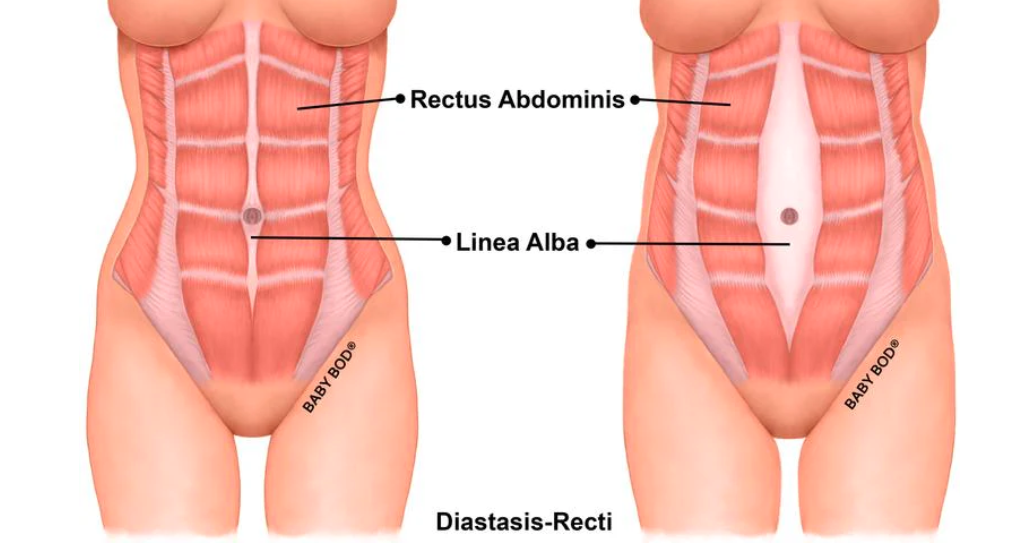Congratulations on your pregnancy! Here are some steps for maintaining and strengthening your body, specifically your pelvic floor muscles with physical therapy to help in the labor, delivery, and postpartum phases.
Let’s Get Your Pelvic Floor Ready for Labor and Delivery!
When planning and preparing your body for pregnancy, your birth plan or list of preferences and goals for your health care providers should include pelvic floor well-being. Strengthening your pelvic floor muscles with physical therapy throughout your pregnancy can help ease labor and delivery.
It’s important that pelvic floor stability or pelvic floor therapy is not overlooked or forgotten during this time of body changes due to pregnancy. Added weight gain from baby adds stressors in your pelvic area.
Kegel 1, 2, 3, Relax and Repeat
As your physical therapist, we can meet during your pregnancy so I can provide you with pelvic floor exercises, general guidance with laboring positions, review breathing and visualization techniques to perform while in labor in order to promote relaxation and labor progression.
Lastly, it is important to learn the correct vaginal pushing techniques as this can help avoid tears and strains; the often feared end results from the stressors of labor and delivery. Knowing how to actively lengthen or relax your pelvic floor muscles, holding this position and breathing at the same time are all important skills for a healthy and generally preferred vaginal delivery.
It is recommended to start performing perineal massages around 34 weeks. Physical therapy will teach and instruct you how to do this at home and perform pelvic floor soft tissue mobilization at the clinic to promote tissue relaxation.
We will focus on the outcome of a healthy pregnancy, healthy body, healthy labor and delivery. Preparing your pelvic floor muscles for labor and delivery can help aid and ease any scary preconceptions.
Postpartum Physical Therapy & Continued Recovery
It is recommended to see a physical therapist 4-6 weeks post delivery (C-section or vaginal). If you have any issues or concerns after the six week mark, it is a good idea to start pelvic floor therapy to help speed up recovery.
Common 0-6 weeks postpartum remedies include: ice packs to reduce pain and soreness, gentle pelvic floor and core contractions for bowel/bladder control and trunk support, braces for abdominal and pelvic support, posture awareness for breastfeeding, and infant care, and dietary recommendations to reduce constipation.
Therapy will focus on several things:
1) Posture with breastfeeding/pumping, sleeping, carrying/holding baby, etc.
2) Scar and soft tissue mobilization. Working on scar tissue early on in recovery reduces chances of adhesions before issues occur. *Scar mobilization treatment can be done to any scar, no matter how old.

Diastasis Recti
Correcting diastasis recti by providing techniques to strengthen the core and improve tissue reconnection. Having a two finger width or less separation of the abdominal muscles is normal post delivery. If you have a larger separation, and start core exercises improperly, this separation can worsen.
My holistic approach for whole body wellness complements all stages of labor, delivery, and postpartum recovery.
“Giving birth should be your greatest achievement, not your greatest fear” ~ Jane Weideman

